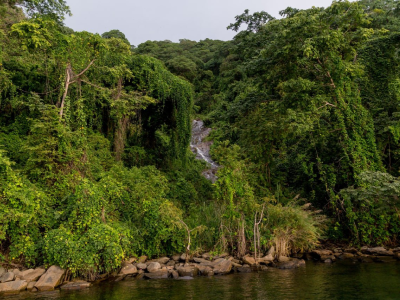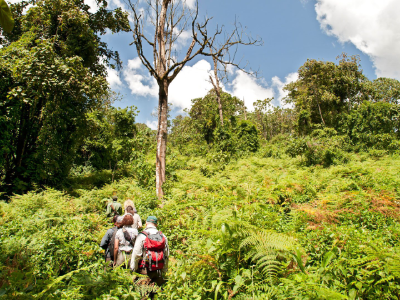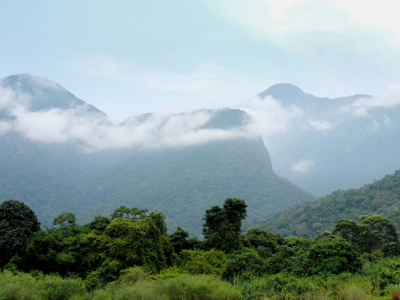All About
Mahale Mountains National Park
MEET THE FAMOUS CHIMPS OF TANZANIA’S MOST UNTOUCHED MOUNTAIN PARADISE
Quiet, Beautiful, And Full Of Life
On the shores of the magnificent Lake Tanganyika lies Mahale Mountains National Park, a pristine haven for wildlife. This remote park is home to one of Africa’s largest chimpanzee populations, offering visitors a rare opportunity to observe them in their natural habitat. With lush forests, towering mountains, and crystal-clear waters, Mahale is truly magical.
Mahale is a paradise for adventurers and nature lovers alike. Activities range from chimpanzee trekking and hiking to snorkeling and birdwatching. Its blend of landscapes and wildlife makes it a must-visit destination in Tanzania.
Mahale’s History And Unique Charm
Mahale Mountains National Park was officially established in 1985 to protect its incredible biodiversity. Nestled along Lake Tanganyika’s eastern shores, it covers 1,650 square kilometers of unspoiled wilderness. This park is named after the Mahale Mountains, which stretch across its boundaries, creating breathtaking landscapes.
The park’s dense forests and remote location have long attracted scientists and visitors. It is one of the few places where primates, big cats, and bird species coexist. Activities like chimp trekking and lake exploration make it a top destination for safari-goers.
























